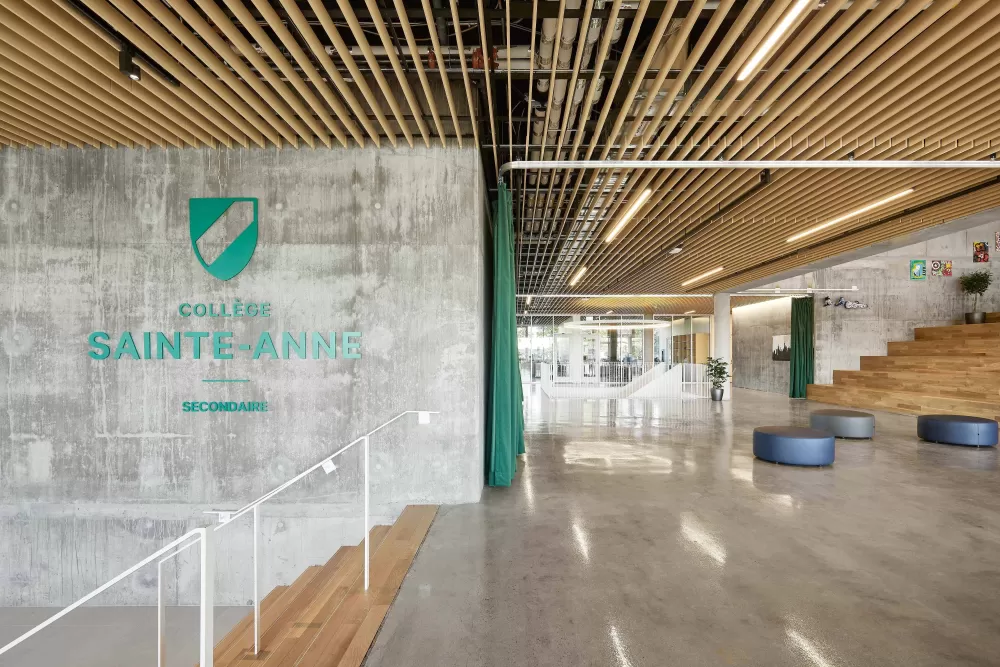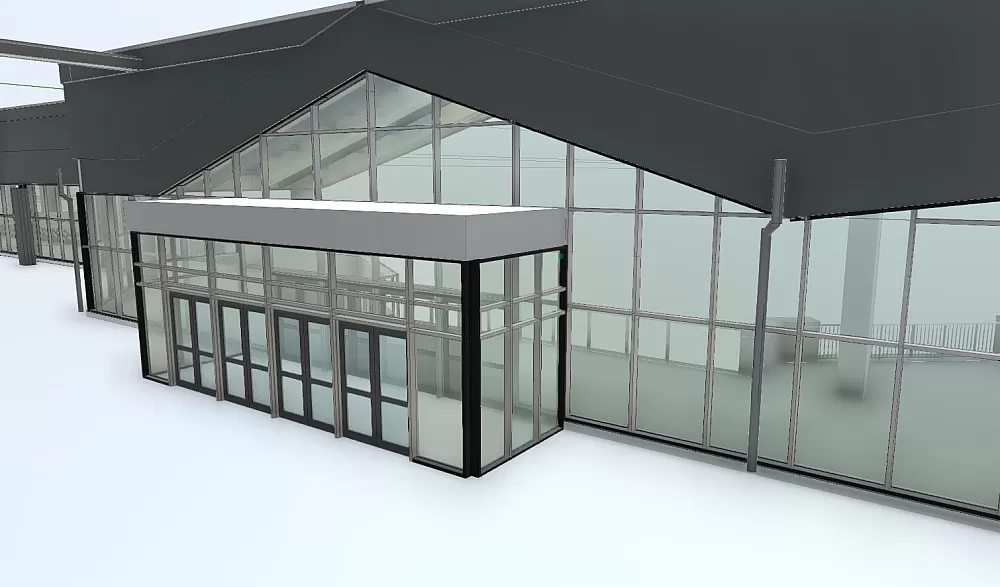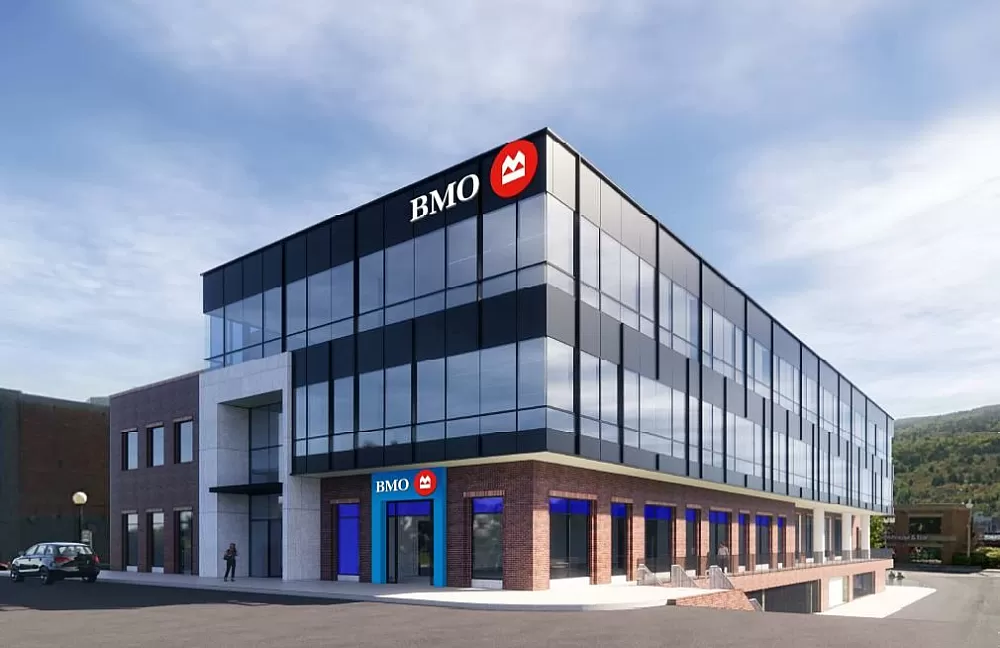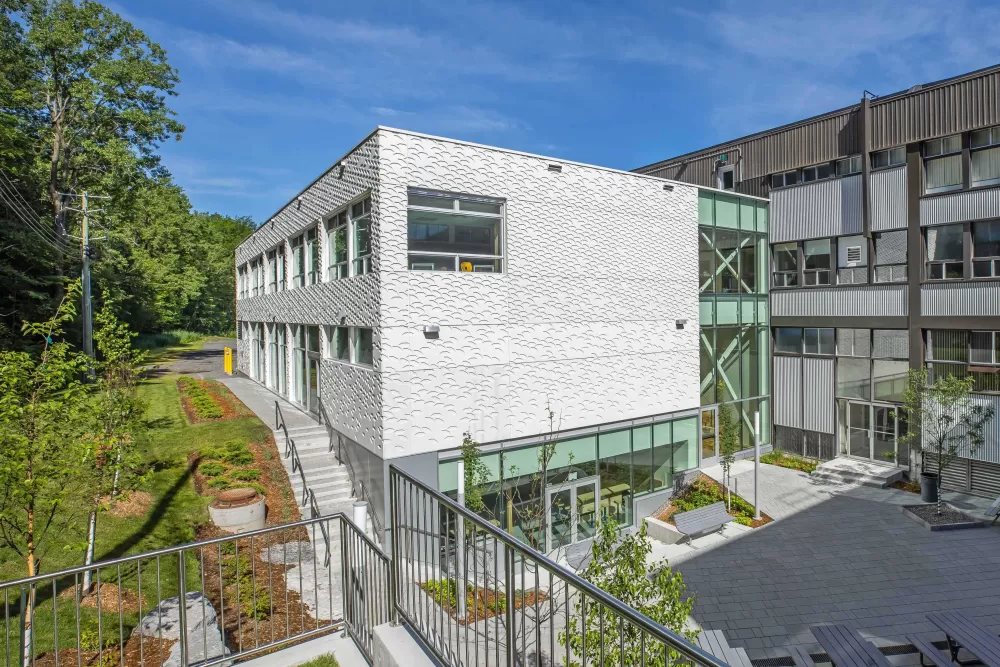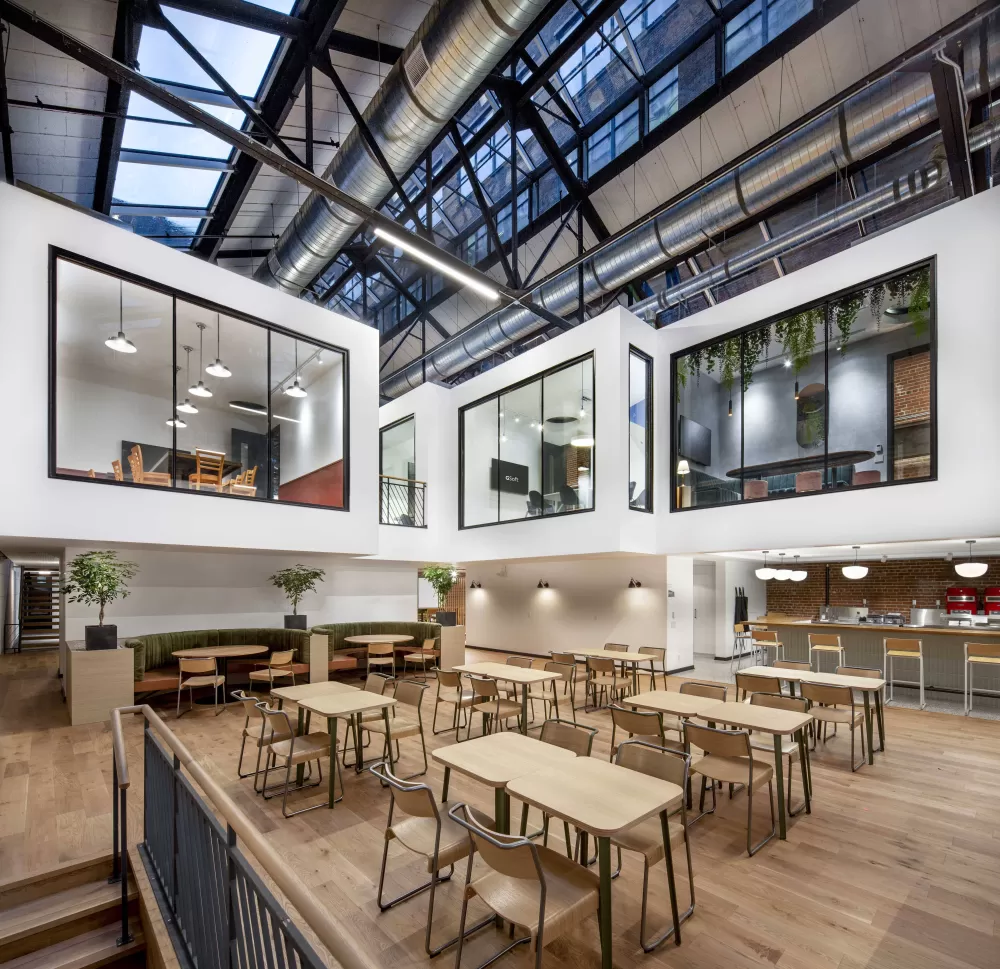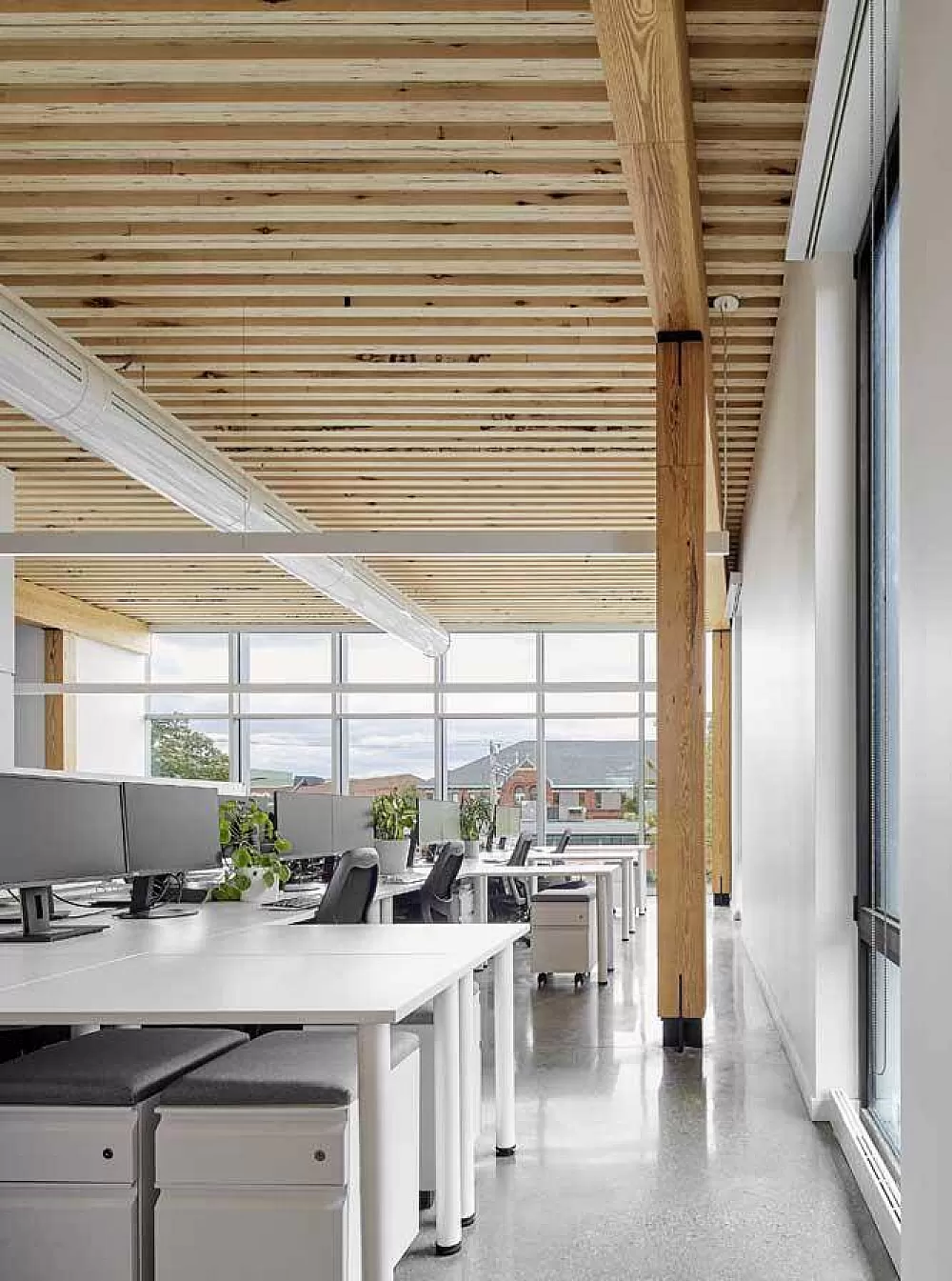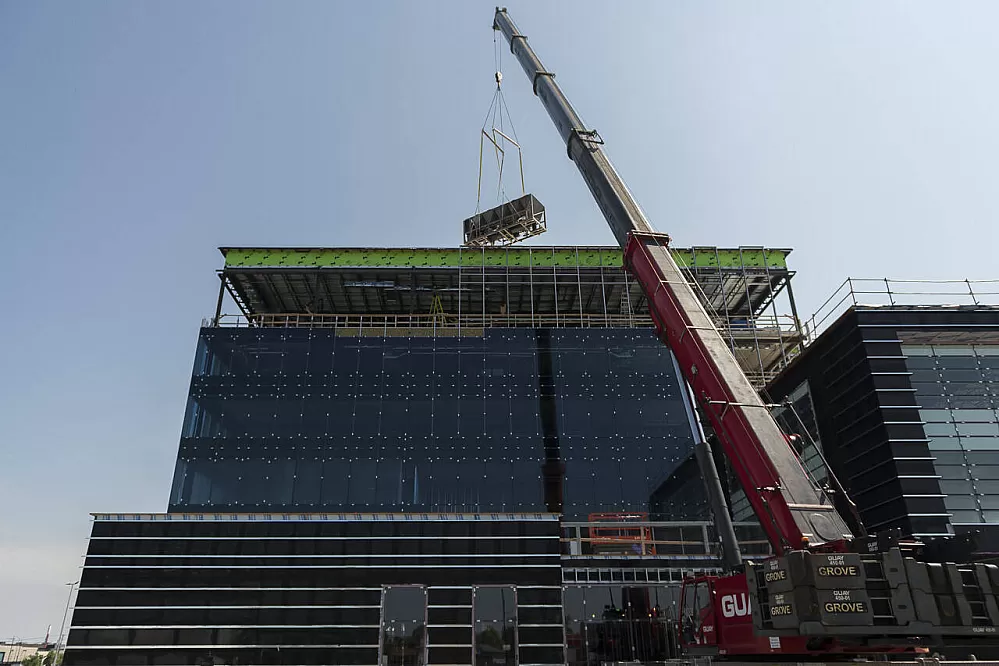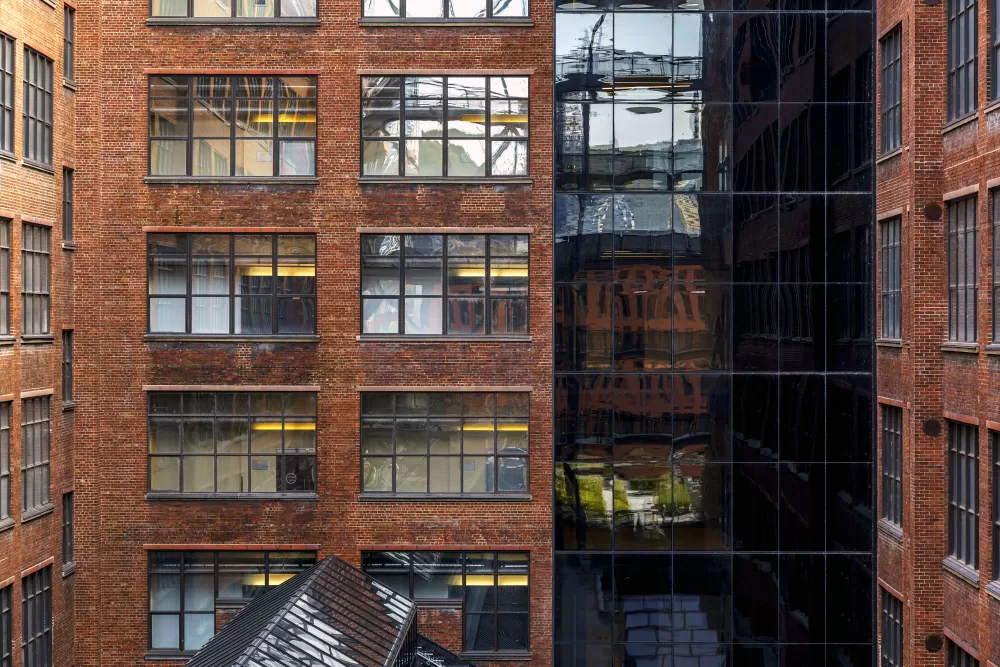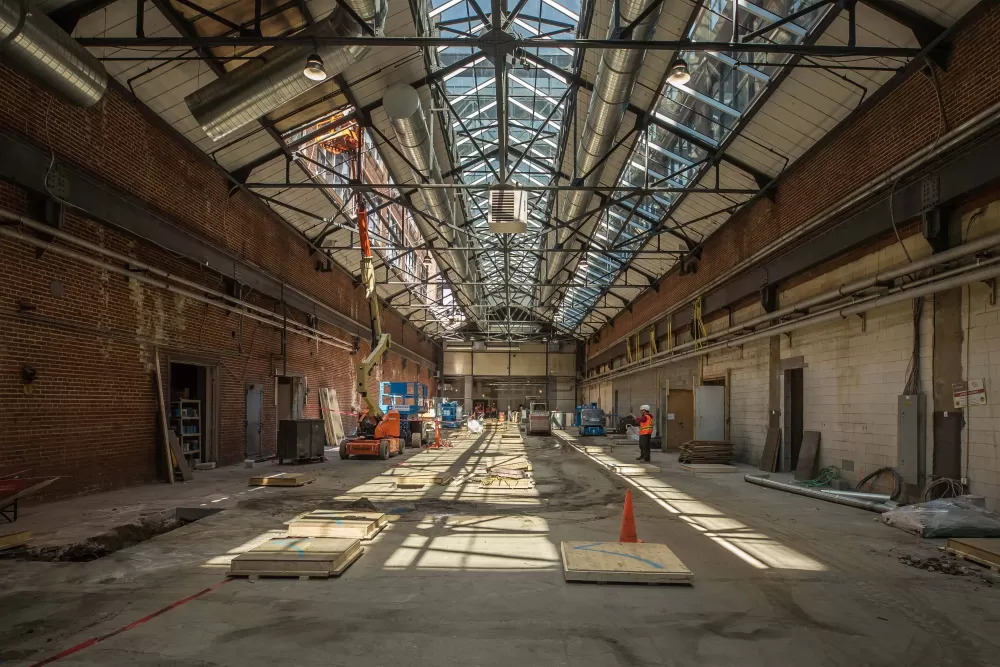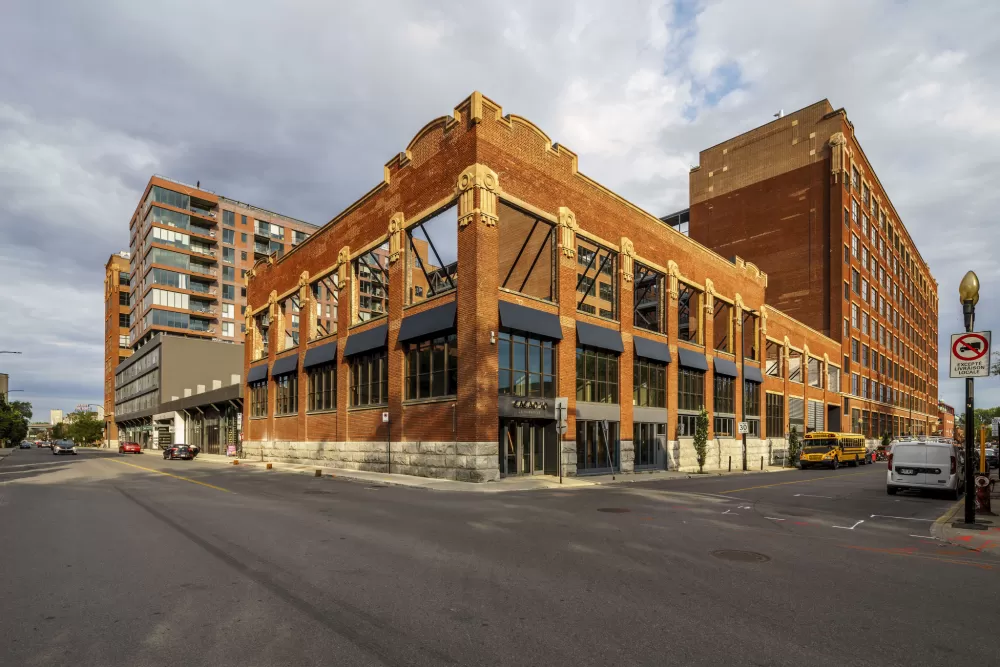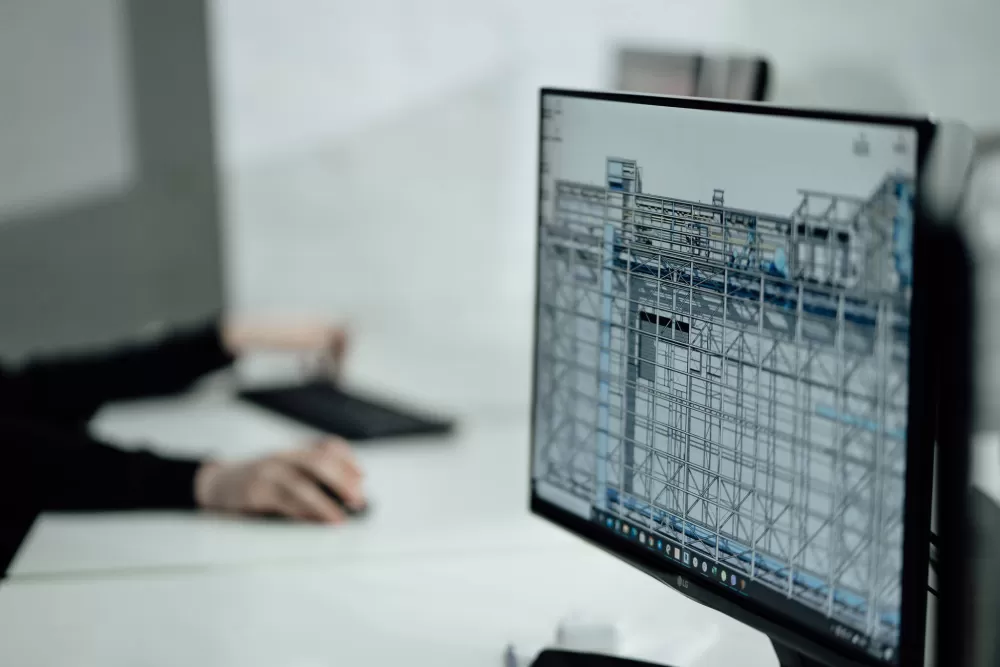
What is the definition of BIM?
Is it simply a software?
Far from being a simple software package, the BIM approach encompasses a working methodology that integrates computer tools and software capable of modeling the geometric and technical information of buildings. With the BIM model, it is possible to build a 3D digital model of a building structure by pooling all the infrastructure data from the various disciplines and trades involved (architecture, engineering, plumbing, electricity, etc.) during the design, construction, commissioning, and maintenance phases, in real time via a cloud-based platform.
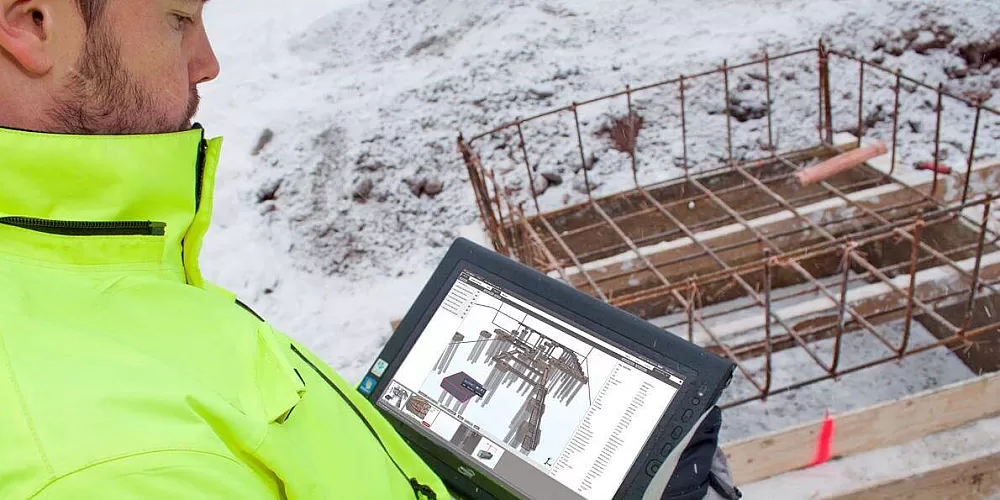
What is the purpose of BIM?
With its integrated approach to the planning, design, construction and operation of buildings, BIM's main objective is to facilitate project management by creating a digital representation of the building and its environment, and centralizing data on a single platform accessible to all companies involved, including the customer. By integrating all of a building's data in one place, information accessibility, real-time project monitoring and collaboration between all stakeholders in a construction project are greatly improved.
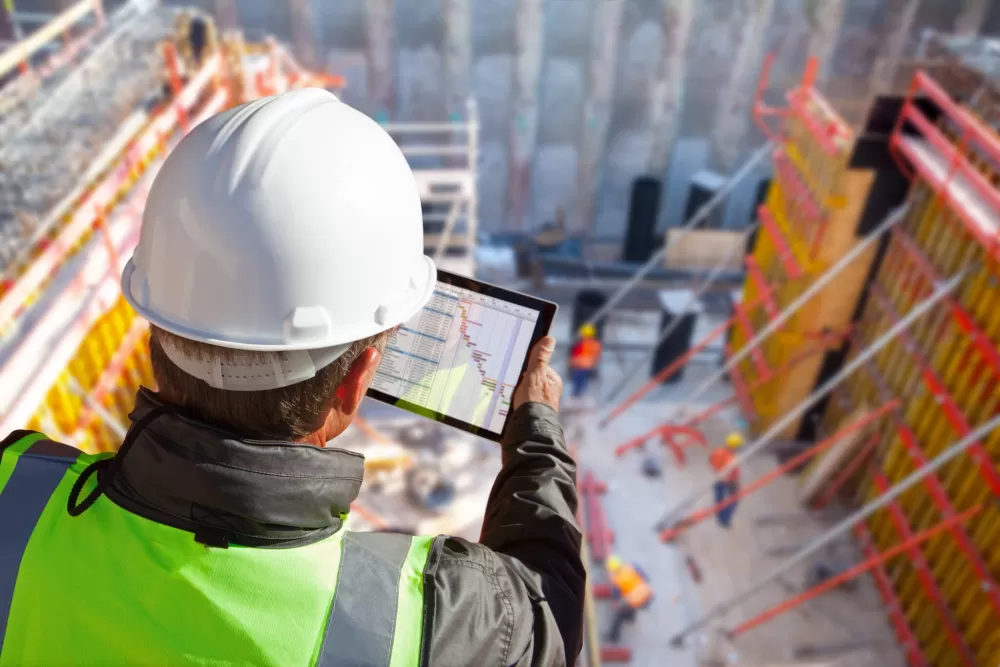
What are the advantages of BIM?
The advantages of the BIM process are numerous for players in the construction industry as well as for property owners and managers. Imagine being able to visualize your project before even beginning to dig or being able to follow the progress of work in real time without setting foot on the construction site. BIM is constantly evolving making work, design, building and maintenance of a property feel like child plays.
The BIM model facilitates the planning and design of future infrastructures, as customers and designers can visualize the entire project before the foundations are even dug. All aesthetic and functional aspects of the concept can be examined and simulated before construction begins. As a result, any constructability issues can be discussed collaboratively, making it easier to find the right adjustments and corrective measures. This upstream problem-solving facilitates the construction phase, which is completed more quickly and efficiently. Even once the project has been delivered, 3D models continue to prove their worth to maintenance managers, who can carry out their work knowing with certainty what's behind the walls, and with access to a stream of information on products, warranties, and equipment lifecycles.
What's more, the BIM process places communication at the very heart of the approach. All available information is centralized and accessible at all times by the various stakeholders, including the customer. This amalgam of information facilitates collaboration between all partners, who are connected at all times via the platform. As a result, execution becomes smoother, deadlines are shorter, production is accelerated, and quality is increased - all elements that lead to a significant return on investment for our clients.
What is JCB’s BIM management process?
When managing its projects, JCB Construction Canada implements the Autodesk Build management tool, within which all construction documents related to a mandate are deposited. This platform enables efficient collaboration between all project stakeholders, and provides better control over documentation, quality, change tracking and commissioning. Among other things, this platform facilitates:
- Managing and monitoring all documentation
- Consultation of construction documents (plans and specifications) in real time
- Approval process for shop drawings and technical data sheets
- Process for responding to technical queries (QRT)
- Creation of Inspection elements observations and the list of deficiencies
- Drafting and tracking meeting minutes.
As part of our BIM projects, the Model Coordination module is grafted onto the Autodesk Build platform. With this module, we are able to bring together all the 3D models of all our main subcontractors and create a virtual model of the project. It is via this module that our BIM managers are able to set up the BIM process in close collaboration with all the companies involved. All parties involved can benefit from:
- the cloud-based platform for real-time model visualization
- the process of detecting conflicts between the various discipline models
- the monitoring of conflicts between models
- the sharing of coordinated models with site workers via the mobile application
The technologies used for pre-project coordination not only reduce conflicts on the construction site, but also save costs and time throughout the entire project. A successful approach for the entire construction industry.

